Nurturing Creative Problem Solving in Early Childhood Education
28 April 2025
Ever watched a toddler try to fit a square block into a round hole? They twist, push, and sometimes even attempt sheer brute force before finally realizing—"Oh! Maybe this thing belongs somewhere else!" That, my friends, is creative problem-solving at its finest.
Early childhood is a prime time for little ones to flex their problem-solving muscles, and as educators, parents, and caregivers, we have the power to nurture this skill in ways that feel more like play than a lesson. So, let’s dive into why creative problem-solving is so crucial and how we can fuel that tiny spark of innovation in young minds! 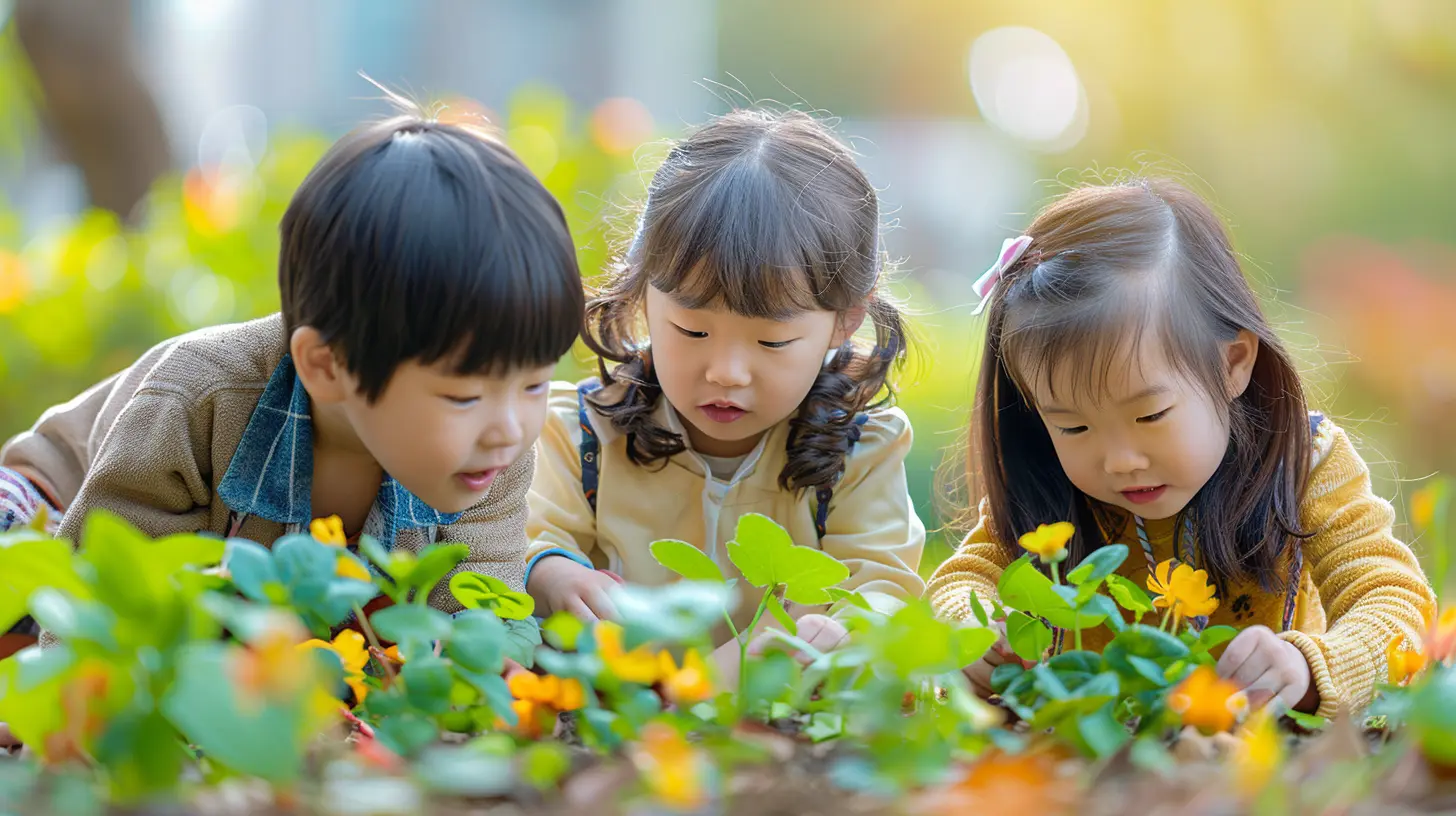
The Magic of Creative Problem Solving in Young Kids
Imagine this: a group of preschoolers is given a pile of toilet paper rolls, tape, and marbles. Within minutes, they’re constructing ramps, tunnels, and elaborate race courses! No instructions, no rules—just pure, unfiltered creativity at work.Kids are born problem-solvers. From figuring out how to stack blocks without them toppling over to negotiating extra cookie rations at snack time, they instinctively look for solutions. Our job? To make sure we encourage and expand their natural problem-solving ability instead of stifling it with too many rigid rules or "correct" answers. 
Why Is Creative Problem Solving So Important?
You might be thinking, “Okay, but will knowing how to build a bridge out of popsicle sticks really help my kid in the real world?” The answer is a resounding YES! Here’s why:- Boosts Critical Thinking – Kids who practice creative problem-solving don’t just settle for the first solution that pops into their heads. They brainstorm, test, fail, and try again—just like the greatest inventors and innovators.
- Encourages Adaptability – Life is unpredictable (hello, spilled juice on your laptop). Being able to think on their feet helps kids handle challenges with confidence.
- Enhances Social Skills – Many problem-solving activities require teamwork, which means kids learn how to communicate, compromise, and collaborate.
- Builds Resilience – Let's face it—failure is part of life. Creative problem-solving teaches kids that mistakes aren’t the end of the world; they’re simply stepping stones to better solutions. 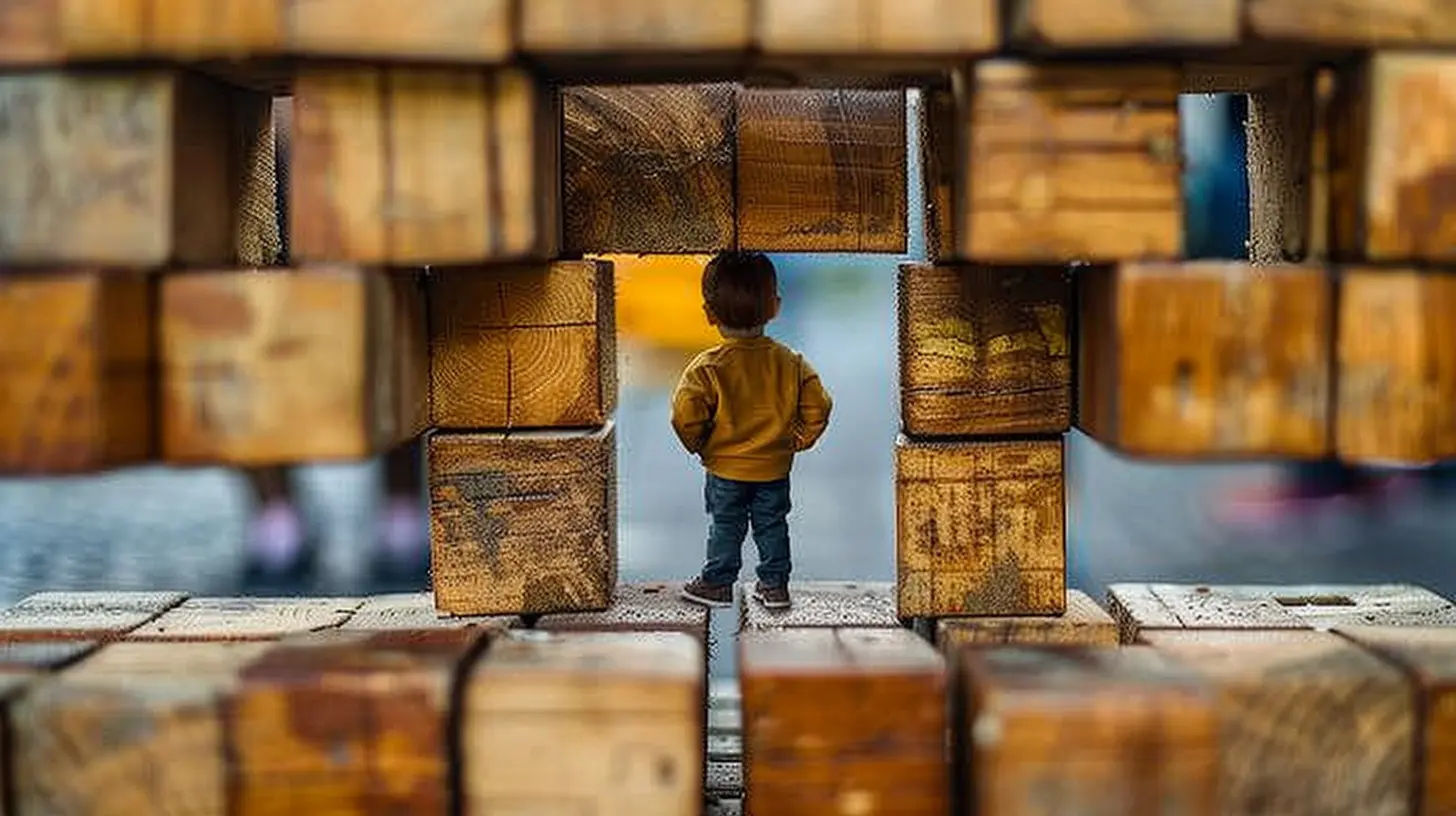
How Do Kids Learn Creative Problem-Solving?
Give a child a problem, and they'll give you a dozen solutions (some of which may involve glitter and possibly duct tape). But how do they learn these skills in the first place?1. Through Play (Because Learning Should Be Fun!)
Play is a child’s natural way of figuring things out. Whether they’re solving puzzles, building forts, or inventing elaborate storylines for their stuffed animals, they’re constantly engaging in creative problem-solving.💡 Try This: Give kids open-ended materials—think LEGO bricks, playdough, or cardboard boxes—and let them create whatever their hearts desire. No instructions, no guiding them, just pure imaginative play!
2. By Asking "What If?" Questions
Kids have a way of asking endless "why" questions (usually at bedtime). Flip the script and start asking them "what if" questions instead.💡 Example:
- What if cars had square wheels?
- What if we had to live underwater?
- What if we could only eat blue food?
These playful prompts encourage divergent thinking and help kids see problems from multiple angles.
3. Encouraging Trial & Error (And Not Freaking Out Over Messes)
Mistakes are part of learning. When kids see that failing isn't a bad thing, they become more willing to take risks and experiment.💡 Try This: Set up a simple STEM challenge like building the tallest tower with spaghetti and marshmallows. Instead of telling them how to do it, let them figure it out. When it collapses (and it will), ask, “What else could you try?”
4. Storytelling & Role-Playing
Stories are filled with problems waiting to be solved! Whether kids are creating their own tales or acting out adventures, they’re practicing problem-solving without even realizing it.💡 Try This: Read your child a story and pause at a problem point. Ask, “What do you think the character should do next?” Let them dream up wild, creative solutions!
5. Letting Them Make Decisions
If we always make decisions for kids, they miss out on the opportunity to navigate problems on their own. Give them safe, age-appropriate choices to make.💡 Example: Instead of saying, "Put your coat on," try, "It's cold outside, do you want to wear your red coat or your blue one?" It’s a small step toward independent problem-solving. 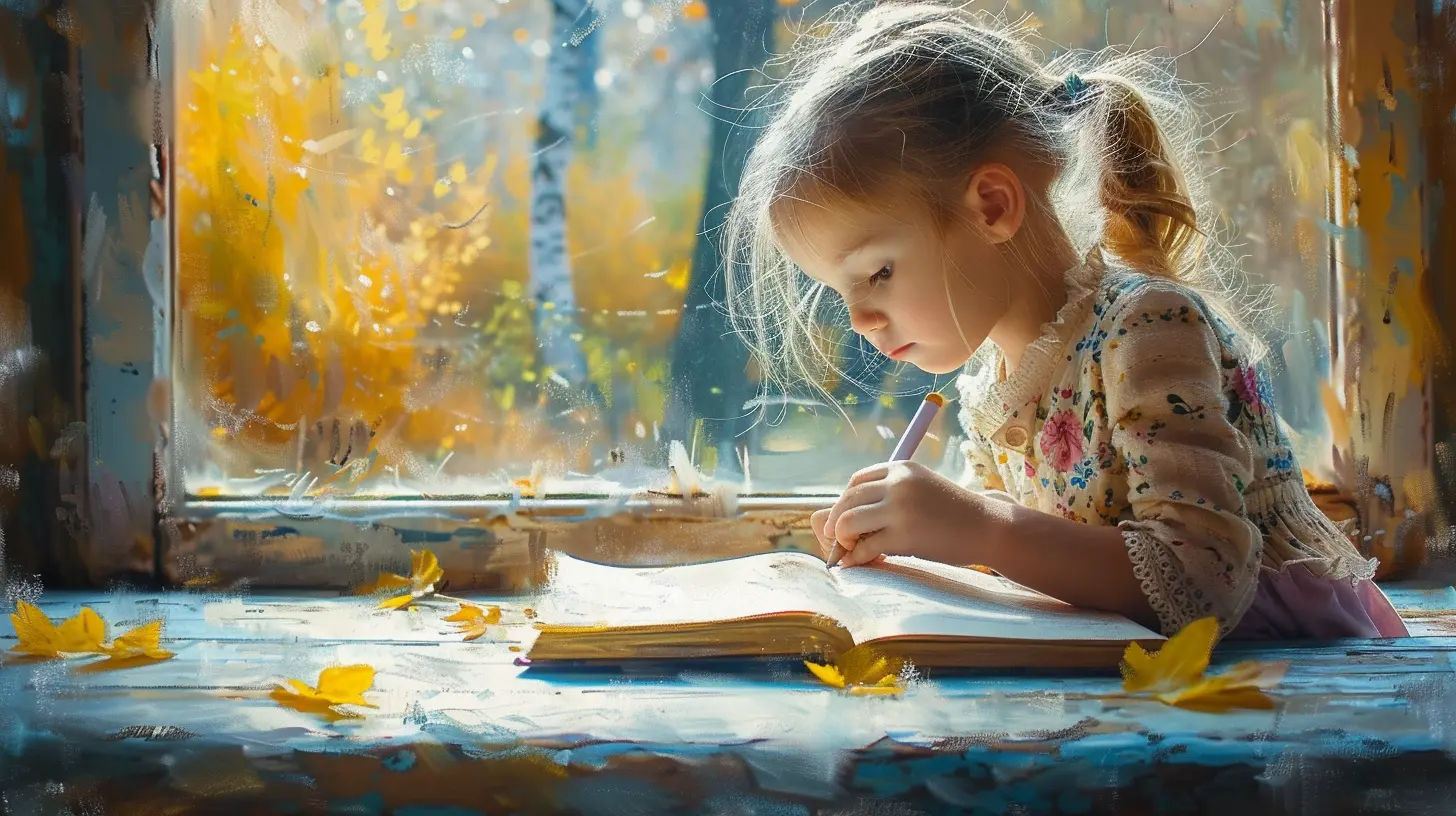
The Role of Parents & Teachers
The way adults respond to a child’s problem-solving efforts can either boost their confidence or shut them down. Here’s how we can be better guides:- Praise Effort, Not Just Results – “I love how you tried three different ways to build that rocket!” instead of “Wow, what a perfect rocket!”
- Resist the Urge to Solve Everything for Them – It’s tempting to jump in when they're struggling, but letting them struggle (a little) helps them grow.
- Model Problem-Solving – When you face an everyday dilemma (“Where did I put my keys?”), think out loud so kids can hear the troubleshooting process.
- Create an Environment That Encourages Experimentation – Messes? Yes. Mistakes? Definitely. Growth? Absolutely.
Activities to Boost Creative Problem-Solving
Looking for ways to supercharge creative problem-solving? Try these activities:🏗️ "Invent Something New" Challenge
- Give kids random household objects (paper towel rolls, buttons, string, etc.)- Challenge them to invent a brand-new device!
🎭 Drama Time
- Act out different scenarios (e.g., “You’re trapped on a desert island—what do you do?”)- Let kids come up with creative solutions to get out of tricky spots.
🕵️ Scavenger Hunt with a Twist
- Instead of listing items, give clues like “Find something that can roll” or “Find something that can be used to build a bridge.”- This encourages kids to think critically about the objects around them.
🧩 Mystery Bag Challenge
- Fill a bag with random objects.- Ask kids to pull out two items and figure out how they could work together.
The Takeaway
Creative problem-solving isn’t just about finding the right answer—it’s about thinking outside the box, staying curious, and learning that failure is just part of the journey. When we encourage kids to explore, experiment, and engage in imaginative play, we’re setting them up to be resilient, innovative thinkers who tackle life’s challenges head-on (even if that means sometimes using glitter and duct tape).So, let kids make a mess, take risks, and dream big—you never know, the next great inventor could be sitting in your classroom or living room right now!
all images in this post were generated using AI tools
Category:
Problem SolvingAuthor:

Monica O`Neal
Discussion
rate this article
6 comments
Jessica Phelps
Cultivating creative problem-solving in young learners is essential; it fosters resilience and independence, shaping their future success.
May 7, 2025 at 12:59 PM

Monica O`Neal
Thank you! I completely agree—nurturing creativity in young learners is crucial for building their resilience and independence, laying a strong foundation for future success.
Faith McGovern
Absolutely loved this article! 🌟 Nurturing creativity in our little ones is like planting seeds that bloom into wild, imaginative ideas. Let’s sprinkle some problem-solving magic into their playtime—who knows, we might end up with a tiny genius or two! 🎨✨
May 1, 2025 at 10:33 AM

Monica O`Neal
Thank you so much! I'm thrilled you enjoyed it. Nurturing creativity truly does plant the seeds for future innovation! 🌱✨
Sadie Stone
Fostering creativity in early education empowers children to approach challenges with confidence and innovative thinking.
April 30, 2025 at 8:28 PM

Monica O`Neal
Thank you for your insightful comment! I completely agree that fostering creativity in early education is essential for building confident, innovative problem solvers.
Jace Whitaker
Fostering creative problem-solving in early childhood is essential for cognitive development. Encouraging exploration, offering open-ended tasks, and providing a supportive environment allows children to think critically and innovate, laying a strong foundation for lifelong learning.
April 30, 2025 at 3:27 AM

Monica O`Neal
Thank you for your insightful comment! I completely agree that fostering creativity in early childhood is crucial for cognitive growth and sets the stage for future learning.
Caleb Fry
Fostering creative problem-solving in early childhood education is essential, as it equips children with critical thinking skills and adaptability for future challenges and opportunities.
April 29, 2025 at 12:27 PM

Monica O`Neal
Thank you for your insightful comment! I completely agree—fostering creative problem-solving lays a strong foundation for children's future success and resilience.
Axel Sullivan
This article beautifully emphasizes the importance of fostering creative problem-solving skills in young children. Encouraging curiosity and imaginative thinking lays the foundation for lifelong learning and innovation. A must-read for educators!
April 28, 2025 at 4:30 AM

Monica O`Neal
Thank you for your kind words! I'm glad you found the article valuable for educators and the importance of fostering creativity in young children.
MORE POSTS

From Monolingual to Bilingual: The Journey of Language Acquisition
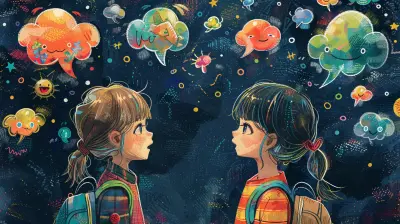
How Bilingualism Strengthens Social and Emotional Development

Online vs. In-Person: Choosing the Right Continuing Education Path
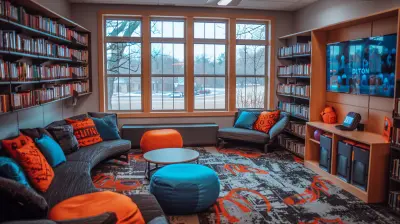
Building a Productive Study Space for Online Learning

Visual Learning and the Power of Infographics in Education